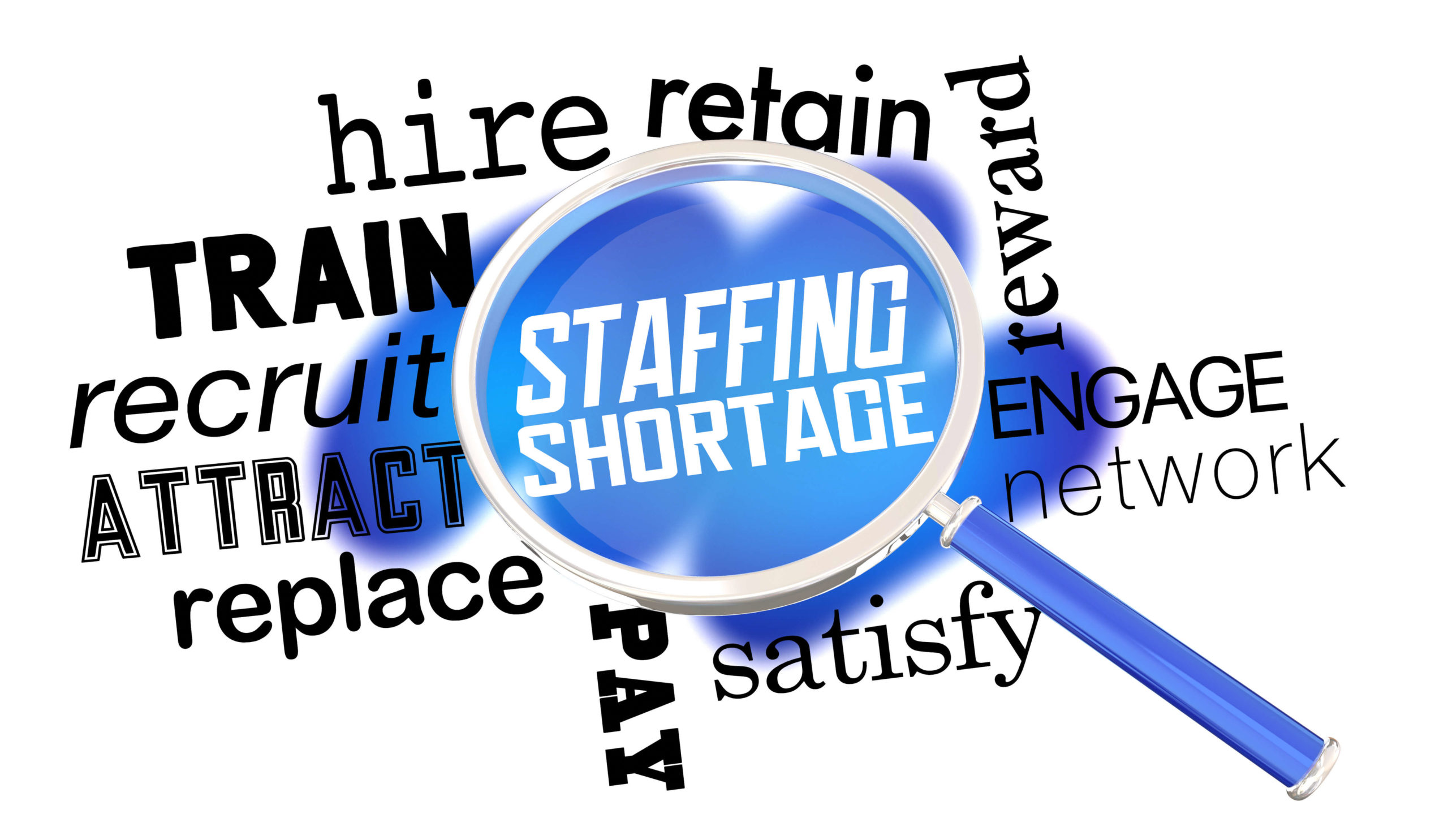
Imagine a world in which you can no longer order a product over the internet and expect it to arrive within a day or two. Imagine not being able to pick up a cup of coffee on the way to work or expect your garbage to be picked up in a timely manner. This is not a description for the next big, dystopian-based, blockbuster movie, but a real-world problem that may be coming true even as you read this article.
The fact is, there just aren’t enough people entering (or staying in) the workforce to serve our future needs and desires. Yes, the so-called “demographic drought” you may have been hearing about is real.
It’s easy to blame COVID-19 and the government’s resulting stimulus checks for all the “Help Wanted” signs you see on the way to work. It’s true that government assistance during the crisis caused more Americans to drop out of the workforce. When the checks stopped coming, many of them found they were no longer interested in their old jobs – or any job, for that matter – and found other ways to survive.
At the same time, Baby Boomers whose 401k’s had been doing remarkably well in a strong stock market decided to retire early. In fact, 2020 saw more than a million more older Americans retiring than in an average year.
But the issue of workforce shortages is much bigger than the pandemic, and it has been decades in the making. Since 1971, the fertility rate in the United States has been below the replacement rate of 2.1 births per woman. We simply are not producing enough children to eventually replace the workers we now have. And lower immigration rates are not filling the gap.
The implications are profound. And, unfortunately, there are no easy solutions to a problem that will only get worse, year after year. So, what can you do as an employer to compete for an ever-decreasing pool of talent?
For one thing, identify your best employees and help determine career paths for them within your company. Show them that they are valued and that you are willing to invest in them, long-term. Also, learn to be flexible with their schedules and working conditions, and identify managers who may not be as respectful to them as they should be. You can’t afford to lose good employees to attrition.
Make hiring an executive-level decision process. As an employer, once you have found prospective employees, become involved on a personal level. Get to know these people early, on a friendly and casual level. Let them know you view them as more than warm bodies to fill cubicles.
Engage long-term employees to determine what makes your company the one they’ve decided to stay with, year after year. Use that knowledge to instill passion and devotion in your new hires.
And partner with local colleges and other schools. Find ways to work with them in developing the talent you’ll need in the coming years. Remember: Their role is to serve their community. Their eagerness to help may surprise you.
The demographic drought, or “sans-demic,” as some refer to it, will not end any time soon – perhaps not even in our lifetimes. You should recognize that now, and look for ways to create an employment oasis that will keep you ahead of an increasingly difficult competition for talent.

